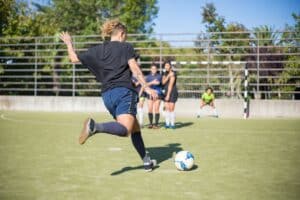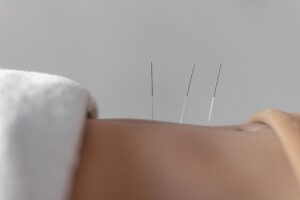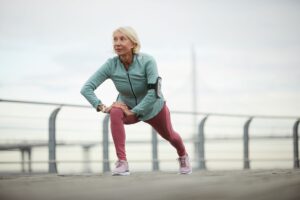
No-Bake Chocolate Almond Butter Oatmeal Bars
No-Bake Chocolate Almond Butter Oatmeal Bars: A Delicious Energy Boost Inspired by recipe from Alexis Joseph, RD These no-bake chocolate almond butter oatmeal bars are my favorite pre or


No-Bake Chocolate Almond Butter Oatmeal Bars: A Delicious Energy Boost Inspired by recipe from Alexis Joseph, RD These no-bake chocolate almond butter oatmeal bars are my favorite pre or

Nutrition for the Soccer Athlete: Fueling for Peak Performance By Rebecca Jaspan, MPH, RD, CDN, CDCCES The average soccer player runs anywhere between 5 and 7 miles per game1.

Feldenkrais Method & Alexander Technique By Paige Mandel, MS, RD, CDN As previously mentioned, at Laura Cipullo Whole Nutrition, we take a holistic healing approach to address your mind,

Reiki and Acupuncture By Rebecca Jaspan MPH, RD, CDN, CDCES Oftentimes, the practitioner specializing in eating disorders (EDO) needs to get creative to help clients diagnosed with EDO engage the

Engaging the PNS and the Vagus Nerve By Rebecca Jaspan MPH, RD, CDN, CDCES and Laura Cipullo, RD, CDCES, CEDRD-S, RYT If you are going through eating disorder treatment

Getting Unstuck Using Neuroplasticity When Recovering From An Eating Disorder By Laura Cipullo RD, CEDRD-S, RYT Many individuals who have been diagnosed with an eating disorder are considered to

Neurobiology’s Role in Eating Disorders: Understanding and Treatment By Reva Schlanger MS, RD, CDN I was fortunate enough to attend IAEDP’s most recent webinar: “A Neurobiology Understanding of Eating

Let’s face it, feeding kids can be tricky. Whether they are two or twelve years of age, they may need a little more direction, a lot more consistency (food exposures)

Exercise Variety: Essential for Eating Disorder Recovery By Rebecca Jaspan MPH, RD, CDN, CDCES What is your relationship with exercise? Throughout your recovery journey, healing your relationship with movement goes

Co-occurring Conditions with Eating Disorders: What to Know By Reva Schlanger MS, RD, LD Most people know that there are serious medical consequences with eating disorders, however there are

Sign up for Laura Cipullo’s Nutrition & Wellness Newsletter to receive expert guidance on mindful eating, balanced nutrition tips, and practical advice for living a healthier, happier life. Choose what topics you want to hear about to get the resources you need.

Copyright © 2024 Laura Cipullo